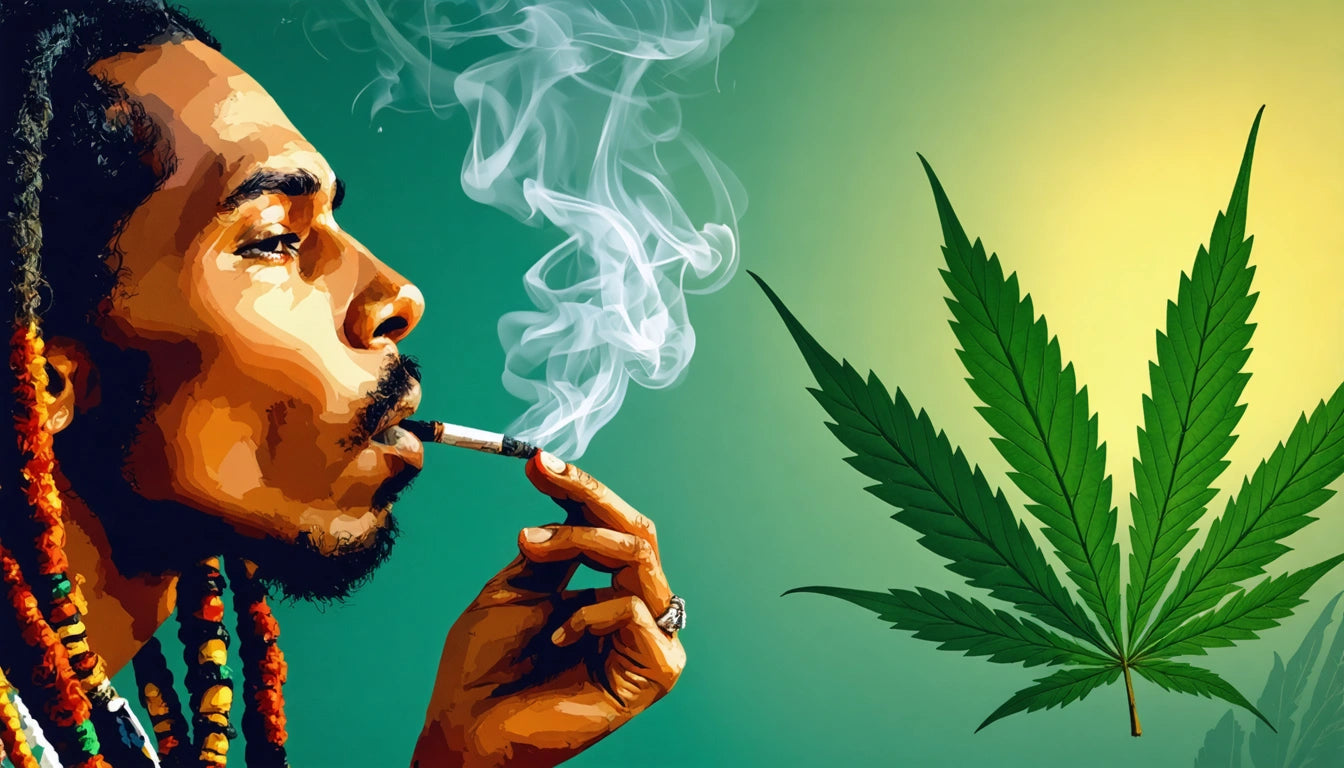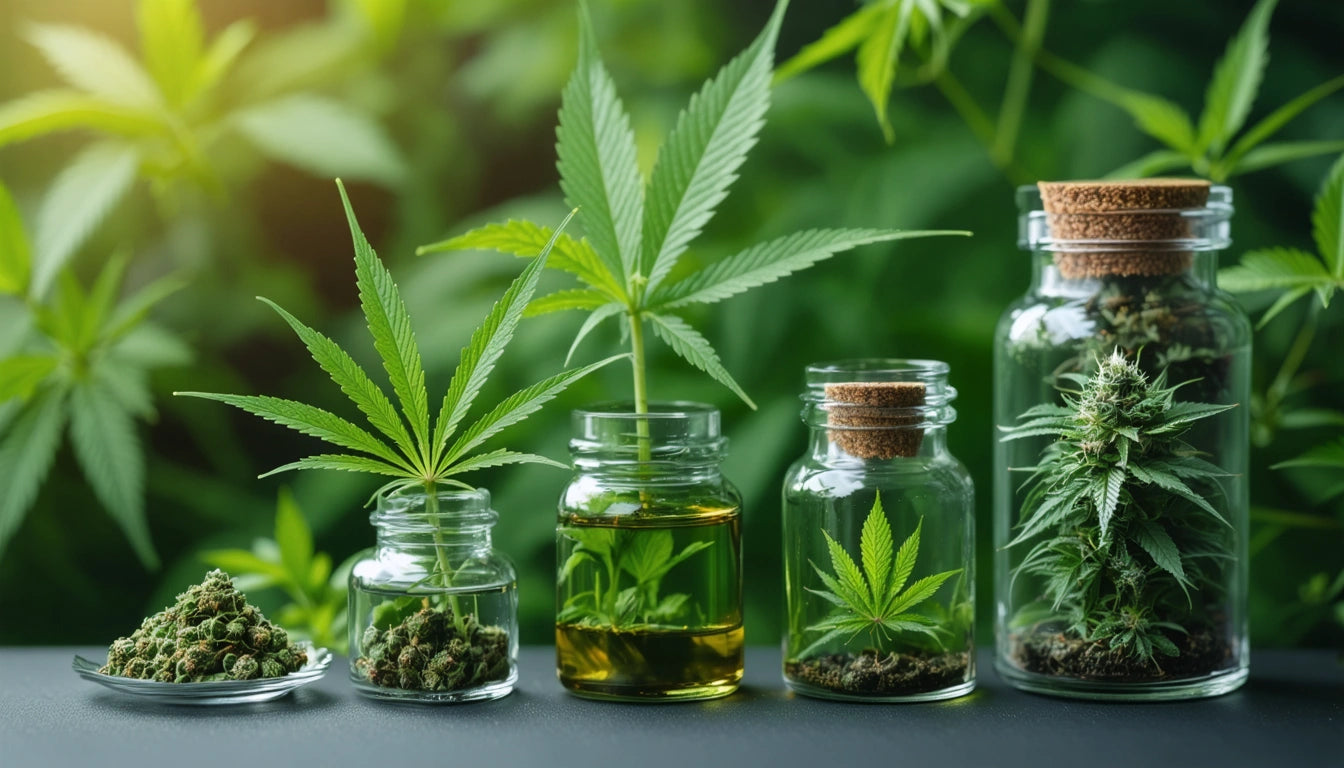Table of Contents
- Cultural Significance and Historical Context of Ganja
- Who Smokes Ganja: Demographics and Communities
- The Rastafarian Connection: Spiritual and Cultural Significance
- Benefits of Ganja Smoking: Therapeutic and Social Aspects
- Global Practices and Variations in Ganja Consumption
- Practical Tips for Responsible Ganja Smoking
- The Future of Ganja Culture in a Changing World
Exploring the Culture, Benefits, and Practices of Ganja Smoking
Ganja smoking has evolved from ancient ritual practices to a globally recognized cultural phenomenon. This comprehensive exploration delves into who smokes ganja, the various benefits attributed to ganja smoking, and the rich cultural tapestry surrounding this practice across different communities worldwide.
Cultural Significance and Historical Context of Ganja
Ganja, a term originating from the Sanskrit word for cannabis, has been integral to various cultures for centuries. Its use spans continents and civilizations, from ancient India and China to modern Jamaica and beyond. The origins and cultural impact of ganja reveal a complex relationship between humans and this plant that transcends simple recreational use.
In many societies, ganja has been revered for its medicinal properties, spiritual significance, and social bonding capabilities. Historical texts from various civilizations document its use in religious ceremonies, medical treatments, and communal gatherings.
Who Smokes Ganja: Demographics and Communities
The profile of someone who smokes ganja is remarkably diverse, spanning across age groups, professions, and cultural backgrounds. While stereotypes persist, modern ganja consumption crosses traditional boundaries, including:
- Medical patients seeking relief from chronic conditions
- Creative professionals enhancing artistic expression
- Spiritual practitioners incorporating ganja into meditation
- Recreational users seeking relaxation and social connection
- Cultural adherents maintaining traditional practices
Someone who might smoke ganja today could range from a corporate executive managing stress to an artist seeking inspiration or a patient managing pain symptoms. The New York Times and other publications have increasingly covered the normalization of cannabis use across previously unexpected demographics.
The Rastafarian Connection: Spiritual and Cultural Significance
Why do Rastafarians smoke ganja? This question touches on deep spiritual and cultural dimensions. For Rastafarians, ganja is considered a sacrament, a natural herb provided by Jah (God) for healing, meditation, and spiritual growth. Rastafarian rituals and beliefs around cannabis demonstrate how ganja smoking transcends recreational use to become a spiritual practice.
The religious use of ganja in Rastafarian culture is protected in many regions as a freedom of religious expression. It's used in reasoning sessions, where participants smoke and engage in deep philosophical discussions, and in nyabinghi ceremonies, which involve drumming, chanting, and communal smoking.
Benefits of Ganja Smoking: Therapeutic and Social Aspects
Physical Benefits
Many users report significant physical benefits of ganja smoking, including:
- Pain management for chronic conditions
- Reduction in inflammation
- Improved sleep quality
- Appetite stimulation for those with eating disorders or undergoing treatments like chemotherapy
- Muscle relaxation and spasm reduction
Mental and Emotional Benefits
Beyond physical relief, ganja smoking is associated with various mental and emotional benefits:
- Stress reduction and anxiety management
- Enhanced creative thinking and problem-solving
- Mood elevation and depression symptom management
- Mindfulness and present-moment awareness
For proper preservation of ganja and maintenance of these benefits, many enthusiasts rely on specialized storage solutions like airtight mylar bags that preserve freshness and potency while complying with regulations in legal markets.
Global Practices and Variations in Ganja Consumption
What do Indians smoke? In traditional Indian culture, ganja has been consumed in various forms for thousands of years. Bhang, a traditional preparation of cannabis, is consumed during festivals like Holi and Shivaratri. It's often prepared as a drink mixed with milk, spices, and sweeteners.
Across the globe, ganja consumption practices vary significantly:
- Jamaica: Traditionally smoked in chalice pipes or rolled into spliffs
- India: Consumed as bhang drinks or smoked in chillums
- Morocco: Often mixed with tobacco and smoked in pipes
- Western countries: Increasingly consumed through vaporizers, edibles, and other smoking alternatives
Practical Tips for Responsible Ganja Smoking
For those interested in ganja smoking tips, responsible consumption practices include:
Consumption Methods
- Start with low potency and small amounts, especially for beginners
- Consider vaporizing instead of combustion for reduced respiratory effects
- Explore creative alternatives to traditional smoking for health-conscious users
- Use proper filtration when smoking to reduce tar and particulate matter
Cultural Sensitivity
- Respect the cultural and spiritual significance of ganja in various traditions
- Learn about cannabis terminology and cultural references to communicate respectfully
- Acknowledge the historical context of criminalization and its disproportionate impact on certain communities
The Future of Ganja Culture in a Changing World
As legalization spreads globally, ganja culture continues to evolve. The future will likely see greater integration of traditional practices with modern consumption methods, increased research into therapeutic applications, and more nuanced understanding of who smokes ganja and why.
The stereotype of someone who might smoke ganga (an alternative spelling sometimes seen) is giving way to recognition of the diverse motivations and backgrounds of users. From ancient spiritual rituals to modern medical applications, ganja smoking represents a complex cultural practice that continues to adapt and evolve across time and geography.
As societal attitudes shift and legal frameworks evolve, the cultural significance of ganja smoking will continue to be reinterpreted and integrated into mainstream consciousness, while hopefully preserving the rich traditions that have sustained this practice for millennia.











Leave a comment
All comments are moderated before being published.
This site is protected by hCaptcha and the hCaptcha Privacy Policy and Terms of Service apply.